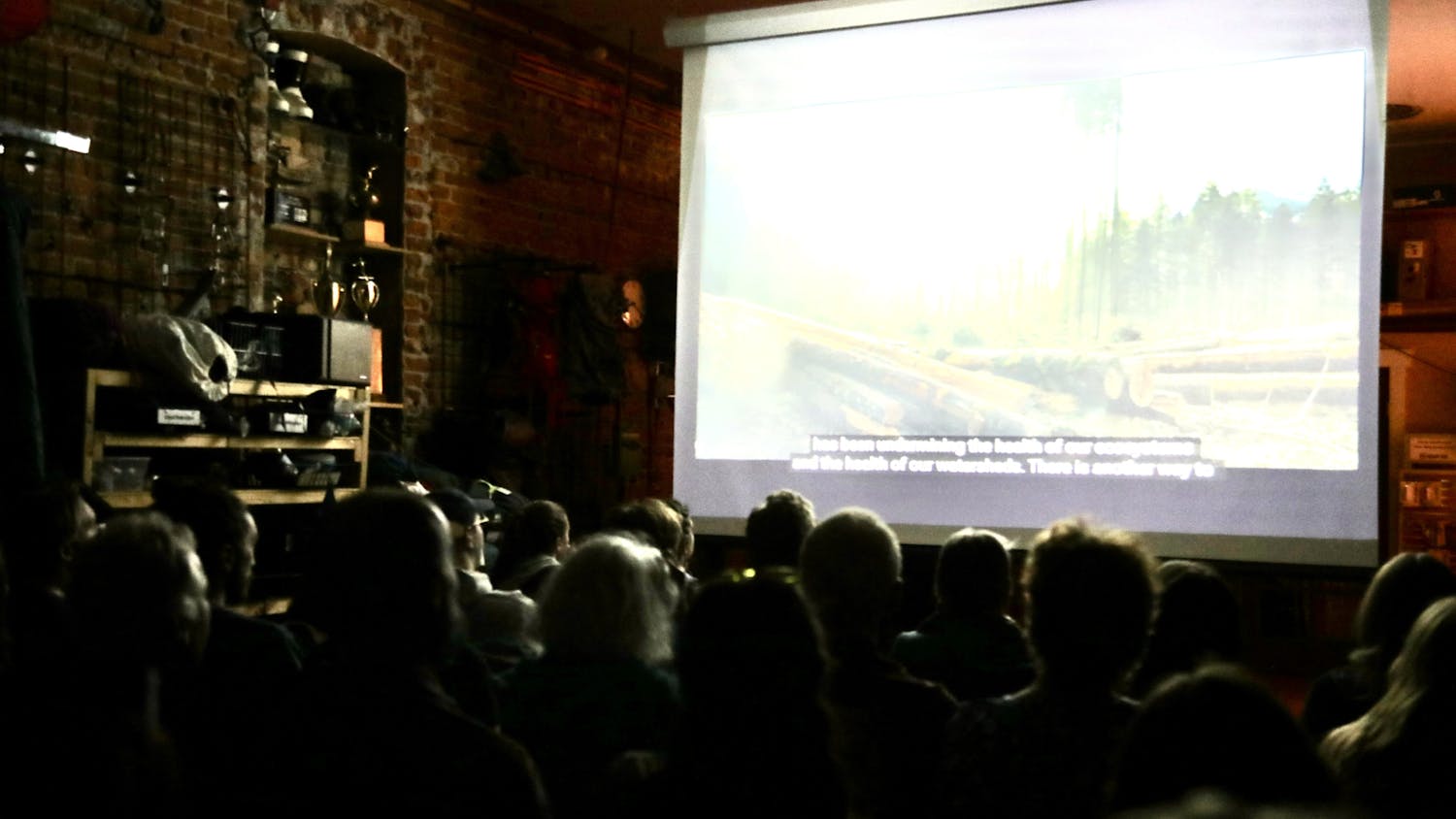Rich Dodd, wildfire district manager for the Northwest region of the Department of Natural Resources, said “I don’t think we have enough resources to be able to drive a firetruck to every house that’s adjacent to a moving wildland fire." // Photo courtesy of Wayne Chaudiere.
Ellis ThomsonWestern Washington has historically seen less wildfires and consequently less fire prevention tactics than its neighbors to the east.
The west has less exposure to the dry wood and blazing temperatures common in the east yet, the threat of wildfire is a statewide problem.
“We are having more fires right now,” Rich Dodd said “They are earlier and becoming larger over time.” Dodd is the wildfire district manager of the Northwest region for the Department of Natural Resources.
The dry conditions, steep slopes and steady winds of Whatcom County place certain portions of it within wildfire eligibility.
Now, with firefighters battling flames in the east as early as April, and a new wildfire threat brewing in the west, resources are running low.
“When I’m trying to fight fire in Western Washington, that means I also have crews over in Eastern Washington supporting the statewide effort,” Dodd said. “When fire season gets here, our resources are normally minimal. We do good, but we don’t have a lot of people in the woodwork and people need to know that.”
High risk areas include Lummi Island, Sudden Valley, Maple Falls and Chuckanut Ridge — any heavily forested areas, South Whatcom Fire Authority Chief Dave Ralston said.
“Most likely, we are not going to have the resources to handle more than a couple of houses at once.” Ralston said. “Then really, it’s going to be a situation where we try and determine the direction of the fire and get people notified, so they can evacuate.”
On Aug. 1, 2017, a wildfire caught on Chuckanut Mountain in the young forest above Larrabee State Park and burned roughly 48 acres. When it was put out, the flames were less than half a mile away from the nearest residence, David Way, Natural Areas Recreation manager of the Northwest region, said.
Whatcom County has not yet seen a large wildfire this summer.
“We have not had very many fires yet,” Ralston said. “It’s still fairly early. Our wildfire season in Whatcom County is usually beginning around now and lasts through August and September.”
This year, the Department of Natural Resources placed three firefighting helicopters west of the Cascades to reduce the wildfire response time in Western Washington.
One of the helicopters is in Mount Vernon, significantly closer to Whatcom County than the previous closest site in Ellensburg.
“We have a helicopter now in the Northwest region that’s been a big asset that we hadn’t had for the past 10 years,” Dodd said. “Being sited in Mount Vernon reduces the dispatch time to Bellingham in half, so we are getting better responses to those fires.”
Even with these extra tools, those tasked with putting out wildfires and mitigating its likelihood often find themselves facing lofty challenges without enough resources to meet them.
“Realistically, I don’t think we have enough resources to be able to drive a firetruck to every house that’s adjacent to a moving wildland fire,” Dodd said. “I think that’s what a lot of people picture.”
Programs like Firewise, a national wildfire mitigation group, are endorsed by the Department of Natural Resources as means to treat the root of this problem.
The program forms committees with residents of high-risk areas to foster wildfire prevention education. There are a total of five programs in Whatcom County, according to a Whatcom County Council Agenda Bill.
“We have committees within Whatcom County that have gone and done some preparation mitigating the low-hanging fuels,” Ralston said. “Clearing away brush to try to create a defensible space so if wildfires do occur, they have the best chance of survival.”
A Firewise community in Maple Falls was awarded a $15,000 fuel mitigation grant by the DOA for its efforts
“People around here have always been worried about leaving fires unattended,” Sandra Wade, president of the Paradise Lakes Firewise Association, said. “This year we had people starting to pile their branches again. It wasn’t even an advertised thing. They just picked up and did it.”
The program, based out of Paradise Lakes Country Club, managed to clear the brush, branches and other potential fire hazards surrounding 250 homes on the property.





